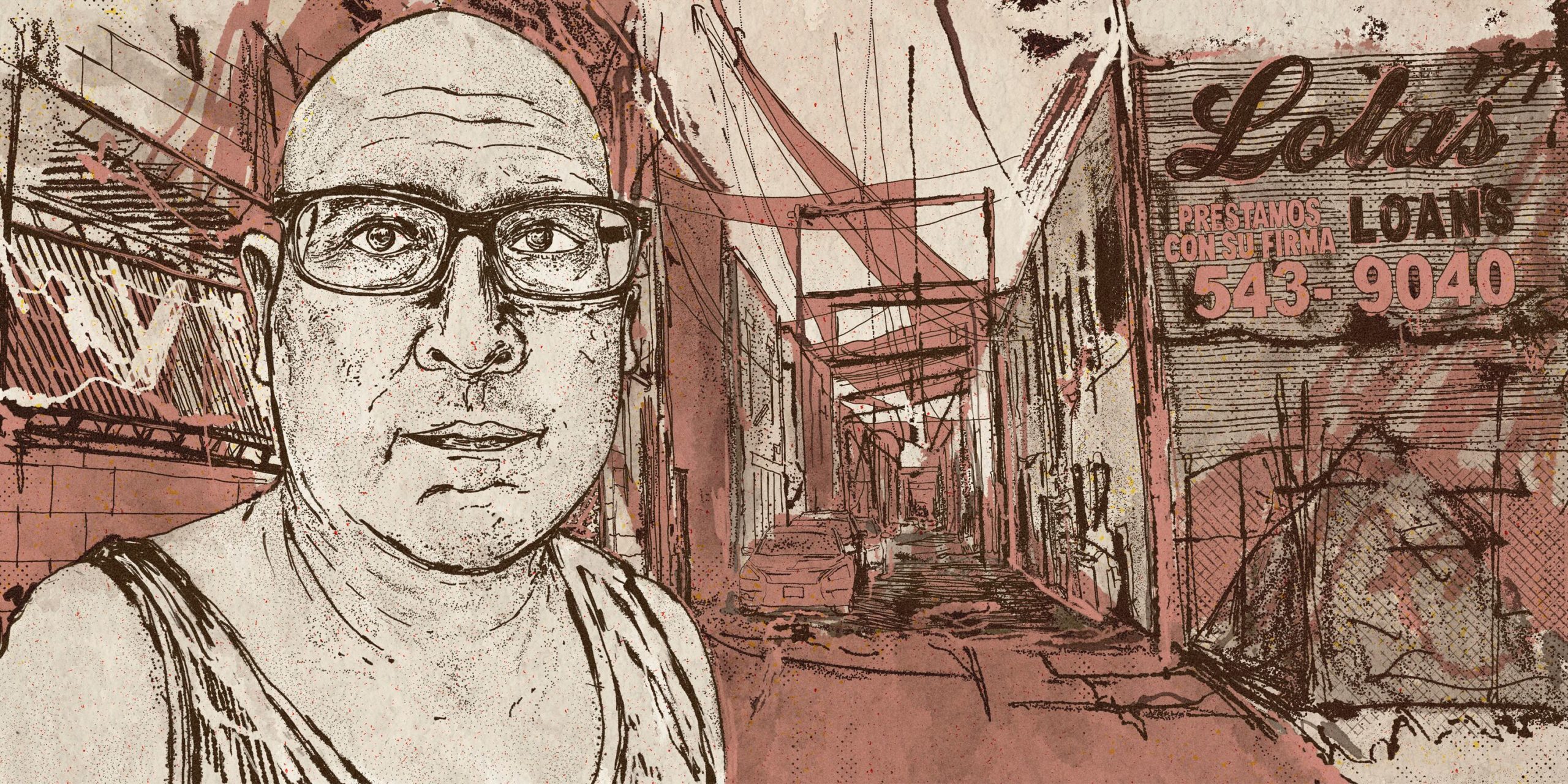Lea este artículo in Español.

You have reached your article limit
Sign up for a digital subscription and continue reading all new issues, plus our entire archives, for just $1.50/month.
Already a subscriber? Sign in
Narcotics Anonymous, A flauta restaurant, heartbreak, The Cielo Vista Walmart, Two baby Chihuahuas, Los matachines, Confusing fear with exhilaration, Hell’s Angels, Transitional homelessness

Sign up for a digital subscription and continue reading all new issues, plus our entire archives, for just $1.50/month.
Already a subscriber? Sign in